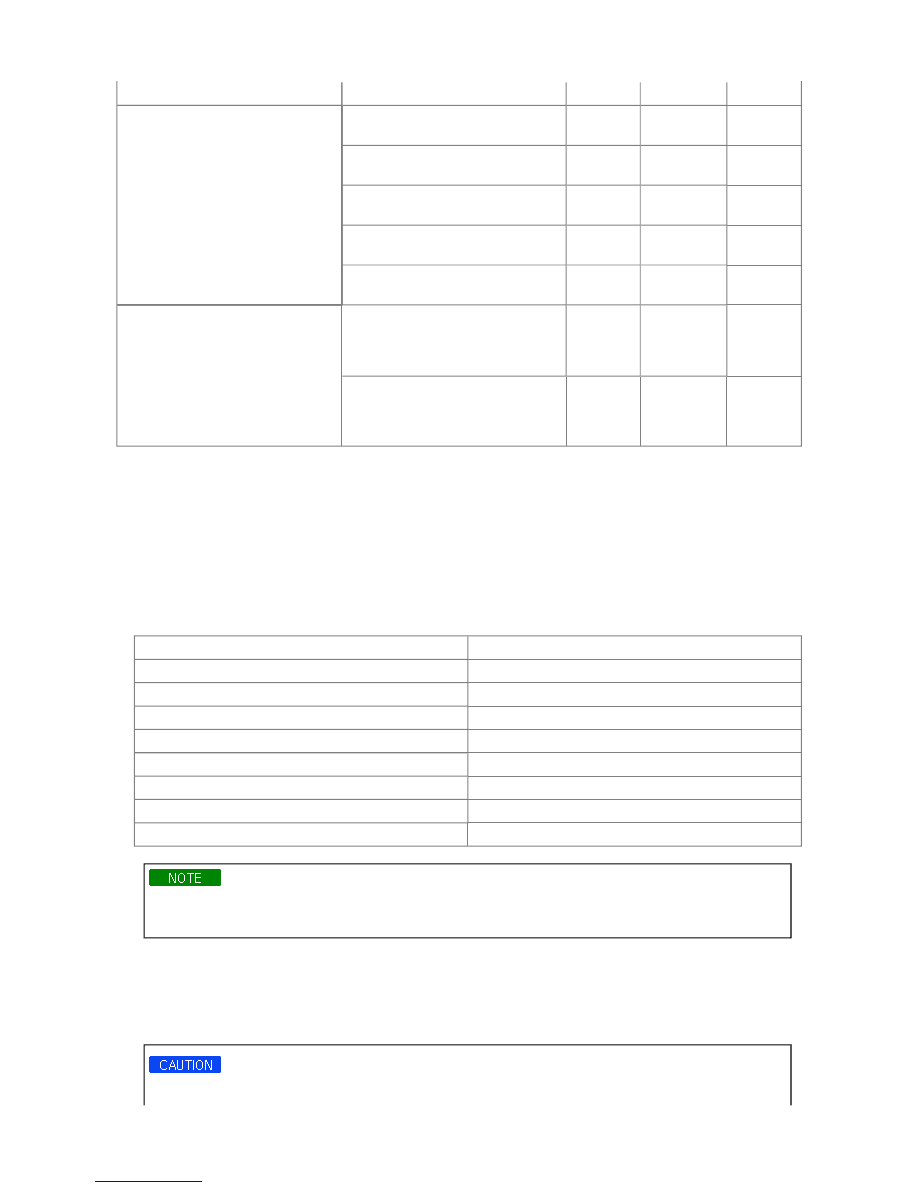Hyundai Tiburon (2003 year). Manual - part 14

3. LOAD TEST
4. Damage and breakage due to heat.
○
3. Measure the voltage for the
battery
; Wait at least one day before
measuring in case of recharging.
1. 12.0V
○
Refer to
load test
2. 11.0V< battery voltage<12.0V due
to over-discharge.
○
Refer to
load test
3. Below 11.0V due to charge
condition failure.
○
Refer to
load test
4. Below 11.0V due to discharged for a
long period.
○
Refer to
load test
5. Below 11.0V due to internal short
circuit.
○
Refer to
load test
4. Load test
; For 15 seconds with half of the CCA
value.
The voltage on the dischaarging stage
should be above 9.6V (81±9°F)
- Conduct the test with a battery
tester.
(Refer to the tester manual)
1. Load test result: below 9.5V
○
2. Load test result: above 9.6V
○
1. Perform the following steps to complete the load test procedure for maintenance free batteries.
2. Connect the load tester clamps to the terminals and proceed with the test as follow :
A. If the battery has been on charge, remove the surface charge by connecting a 300 ampere load for 15 seconds.
B. Connect the voltmeter and apply the specified load.
C. Read the voltage after the load has been applied for 15 seconds.
D. Disconnect the load.
E. Compare the voltage reading with the minimum and replace the battery if battery test voltage is below that shown in
the voltage table.
Voltage
Temperature
9.6
20°C (70°F) and above
9.5
16 °C (60 °F)
9.4
10 °C (50 °F)
9.3
4 °C (40 °F)
9.1
-1 °C (30 °F)
8.9
-7 °C (20 °F)
8.7
-12 °C (10 °F)
8.5
-18 °C (0 °F)
- If the voltage is higher than shown in the table, the battery is good.
- If the voltage is lower than shown in the table, replace the battery.
BATTERY DIAGNOSTIC TEST (2)
1. Make sure the ignition switch and all accessories are in the OFF position.
2. Disconnect the battery cables (negative first).
3. Remove the battery from the vehicle.
Care should be taken in the event the battery case is cracked or leaking, to protect your skin from the electrolyte.